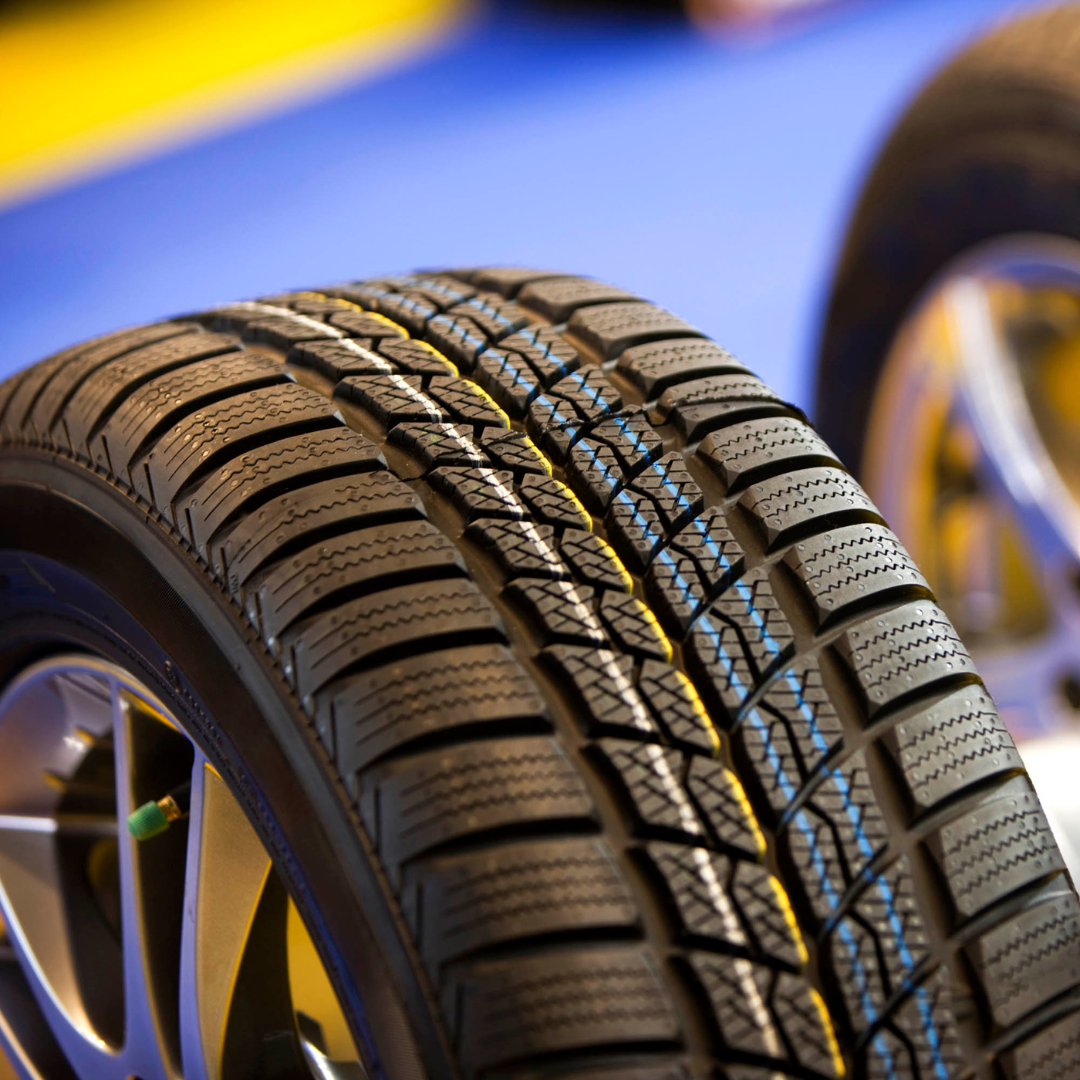As drivers, we know the importance of having the right car tires. Not only do they make driving safer, but they can also improve our vehicle’s performance. In this blog post, we’ll look at the types of tires available to drivers and how to choose the right one for our needs.
Types of Tires
There are many types of tires, each with its benefits and drawbacks. Here is a guide to help us choose the right tires for our driving needs.
All-Terrain Tires
All-terrain tires are designed to provide optimal performance on both paved and unpaved surfaces. They are also good for driving in snow and rain. However, all-terrain tires are not as good in mud or sand because they have less traction on those surfaces.
A/T Tires
A/T tires are specifically designed for off-road use. They have a variety of tread patterns that provide excellent grip in dirt, sand, snow, and mud. These tires also tend to be less responsive than other tires when driving on pavement.
Compound Tires
Compound tires have two or more layers of rubber that work together to provide traction. The most common type of compound tire is the “snowflake” tire, which has several minor grooves that create tiny air bubbles. These bubbles help the tire stick to the road surface when it starts to snow or ice. A second type of compound tire is the “all-terrain” tire, which has many smaller grooves that create even more air bubbles. Both types of compounds provide good traction in both wet and dry conditions.
Radial Tires
Radials are a type of tread design used on trucks, SUVs, and other vehicles designed for off-road use. These have a star-shaped pattern on the tire’s surface. The star-shaped pattern helps the tire grip the ground in any direction. Radials also have a wider tread than other tires, making them better at handling snow and ice.
Sport Tires
Sport tires are designed to provide excellent performance on pavement. They have a softer compound than regular tires, which makes them less responsive when driving on roads. However, sports tires are much better in wet conditions because they have greater traction.
Temporary Tires
Temporary tires are specifically designed for only one occasion. They are unsuitable for long-term use because they don’t last as long as regular tires. Temporary tires usually have a low-profile design, making driving easier on narrow roads and bridges.
Choosing the Right Tire
There are a few things to consider when choosing the right tire. The key factors are the size, type, load rating, and inflation pressure.
Size
We will need to decide on the proper tire size for our vehicle. Each brand has its sizing guidelines, so it’s essential to consult the owner’s manual or look online for help.
Type
Several types of tires are available on the market, each with unique characteristics. Our vehicle may require a specific type of tire, so it’s essential to choose one that will fit properly.
Load Rating
A tire’s load rating indicates how much weight it can carry before it wears down. Tires with a higher load rating are better suited for heavier vehicles.
Inflation Pressure
It’s crucial to pressure tires correctly to get the best performance. Overinflating tires can lead to decreased fuel efficiency and durability. At the same time, underinflating can cause them to become flat more quickly.
Once we’ve determined our tires’ size, type, and load rating, it’s time to find a store that carries the specific tire brand our vehicle requires. Once we have the tires in hand, it’s vital to inflate them to the manufacturer’s recommended pressure and check for air leaks.
Recommended Tire Sizes for Vehicles
A vehicle’s size, weight, and driving habits should all be considered when selecting the right tires. The following tire sizes are recommended for most vehicles:
- 16″ x6.5″- For vehicles that weigh 3,000 to 4,999 pounds
- 17″ x7.5″- For vehicles that weigh 5,000 to 6,499 pounds
- 18″ x8.5″- For vehicles that weigh 6,500 to 7,999 pounds
- 19″ x9.5″- For vehicles that weigh 8,000 to 9,999 pounds
Get Rolling on a Brand New Set of Tires
There are a few things to remember when choosing tires for our vehicle. The type of terrain we will be driving on, the weight of our car, and the speed at which we will be driving are all factors that should be considered while making a tire selection.
Additionally, make sure we have the correct size tires for our vehicle. A good rule of thumb is always to use the exact size tire on all four corners of the car.
Now that we know a little more about choosing tires for our vehicle consult the car’s owner’s manual to find the correct inflation pressure. Finally, always use proper tire care practices to ensure long-lasting performance.

